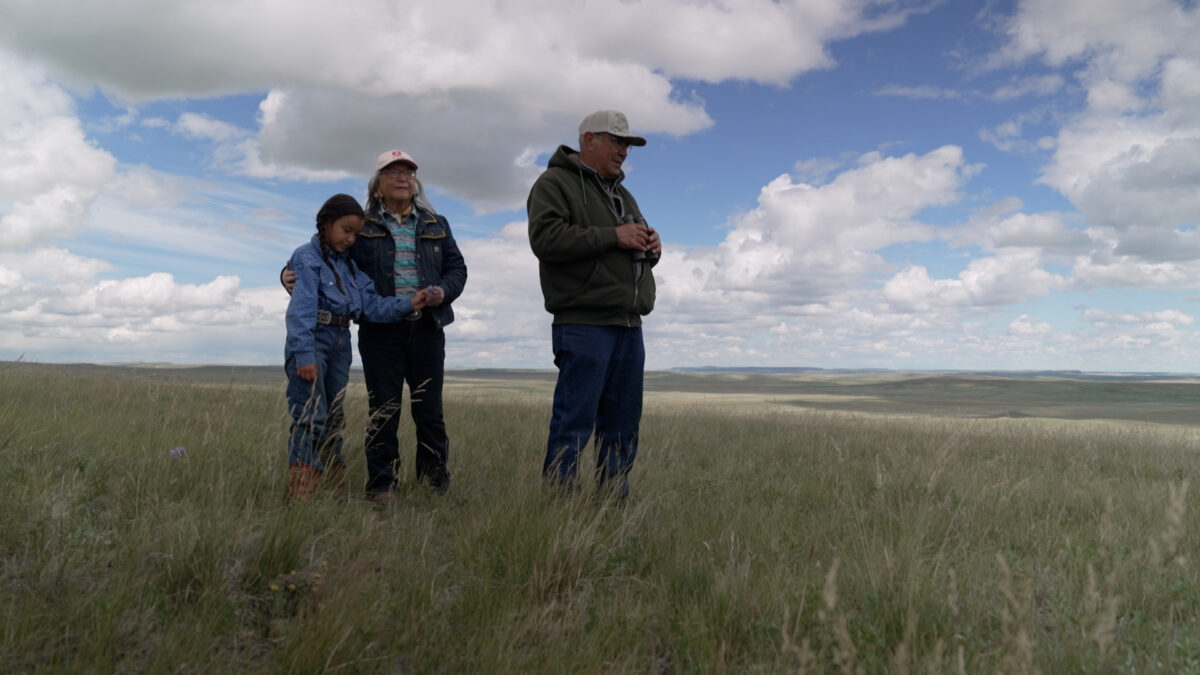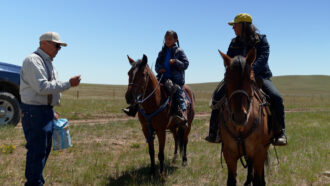On ancestral Blackfeet land in northern Montana, Joe and Kathy Kipp are breathing new life into overgrazed prairies. Their ranch—passed down through generations—is now a model for how thoughtful land stewardship and strategic conservation can restore ecosystems, support livestock, and prepare the land for water shortages that are the new normal.
Their journey is featured in a new episode of America’s Heartland, produced in partnership with SARE. The segment shares how the Kipps transformed a once-depleted ranch into a thriving pasture for both cattle and native bison.

“This is where my people have been since the beginning of creation… . This is who I am,” says Joe Kipp, a member of the Blackfeet Nation. He works as a steward of the land to protect its natural promise for generations to come.
When Kipp inherited the land from his late father-in-law, it was overgrazed, lacked fencing, and had no reliable water resources. With help from the USDA Natural Resources Conservation Service, the Kipps installed cross-fencing to allow for rotational grazing, along with water systems that have helped protect and manage their pastures during dry years. Springs that once flowed on top of the grassland now filter into the ground more quickly. With improved water management and native grass restoration, their ranch is better prepared to weather dry seasons.
Years of patient restoration have brought back native prairie grasses and wildlife. These healthy ecosystems now feed their livestock and bison, creating increased revenue and contributing to the ranch’s renewed success.
This video is part of an episode of RFD-TV's America's Heartland produced by PBS KVIE highlighting farmers and ranchers who are using sustainable strategies to adapt to challenging weather conditions. View the entire episode at Farming Strategies for Adapting to Extreme Weather.
